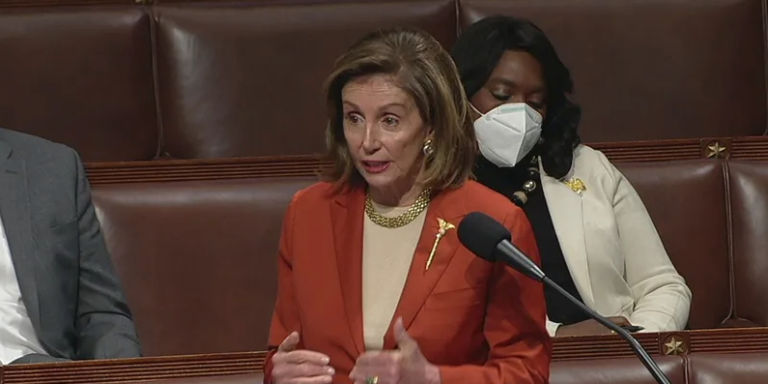Jay Cost highlights the importance of restoring Congress’ role as the leading branch of federal government.
Congress was intended to be the most important institution in our national government. This might come as a bit of a surprise. It is common nowadays to think that our government is one of coequal branches. Even members of Congress say this.
A few years ago, I took a group of high school students on a tour of the Capitol, and the introductory video produced for Congress declared Congress a coequal branch. I couldn’t believe it. Nothing could be further from the truth, I thought. And, frustrated, I lectured my (rather bemused) students that Congress, of all institutions, should understand its intended role.
But, upon reflection, I had to acknowledge that there is a difference between original intent and current result. And today, it might be optimistic to say that Congress is a coequal branch of our government. The more sober assessment is that, of the three branches of government, the legislature has the least preeminence. Insofar as the framers envisioned checks and balances as a vast conflict among the institutions of the state, Congress has lost this fight, despite its substantial constitutional advantages.
The legislative branch’s rather pathetic mewling about coequality is perhaps the greatest indication that the battle is over. The president has won. Even the courts claim power over Congress that would have shocked many of the framers. …
… [T]his downslide is bad for our nation. In a government built on the republican principle that the people should rule, the institution over whose composition the people exercise the most influence should not wield such a diminished amount of governing power.
Reforms should be undertaken to fix this sorry situation. But as the explanation for its cause is not a simple one, nor did it happen overnight, reformers would benefit from a careful historical exposition that teases out the hows and the whys of the legislature’s defeat.


